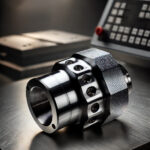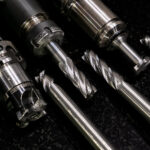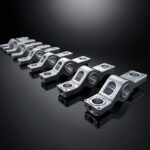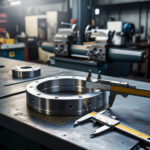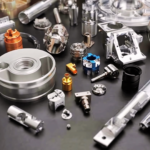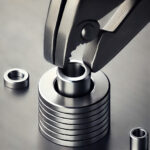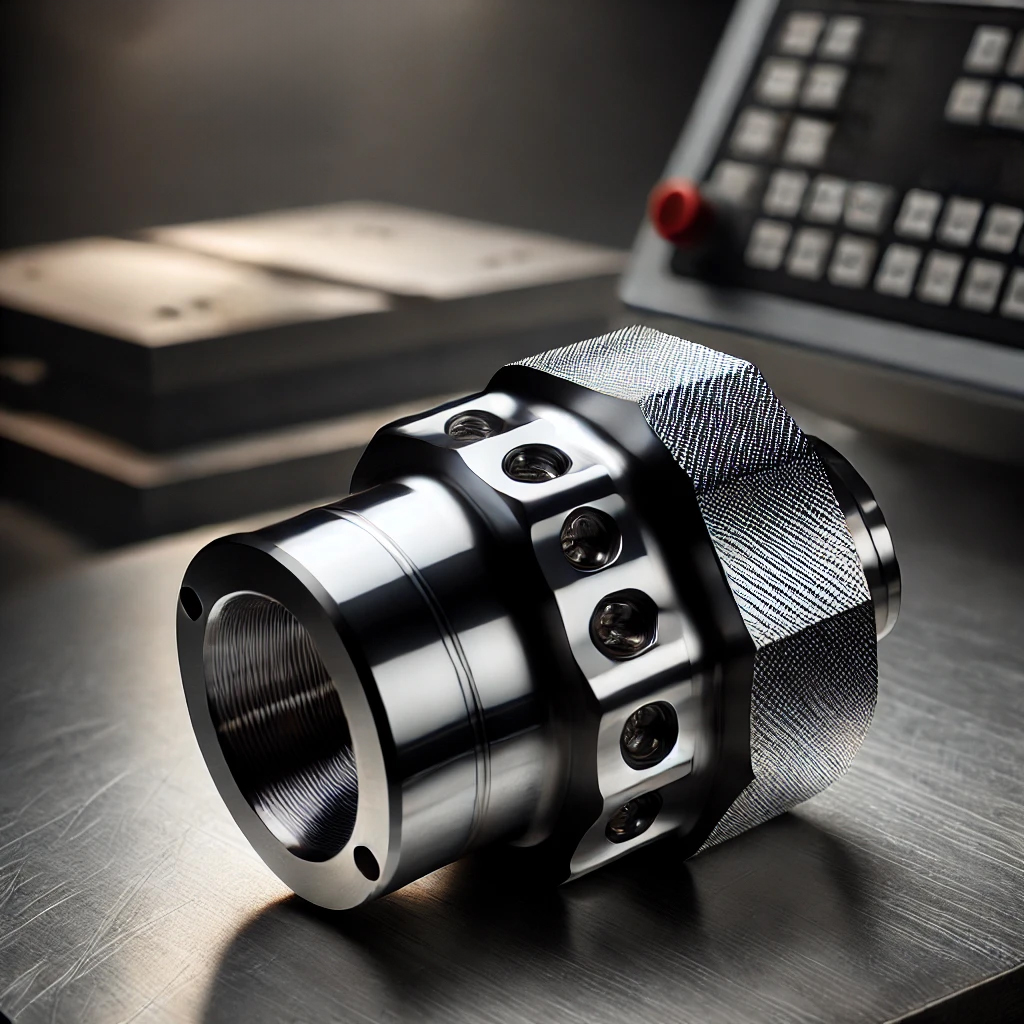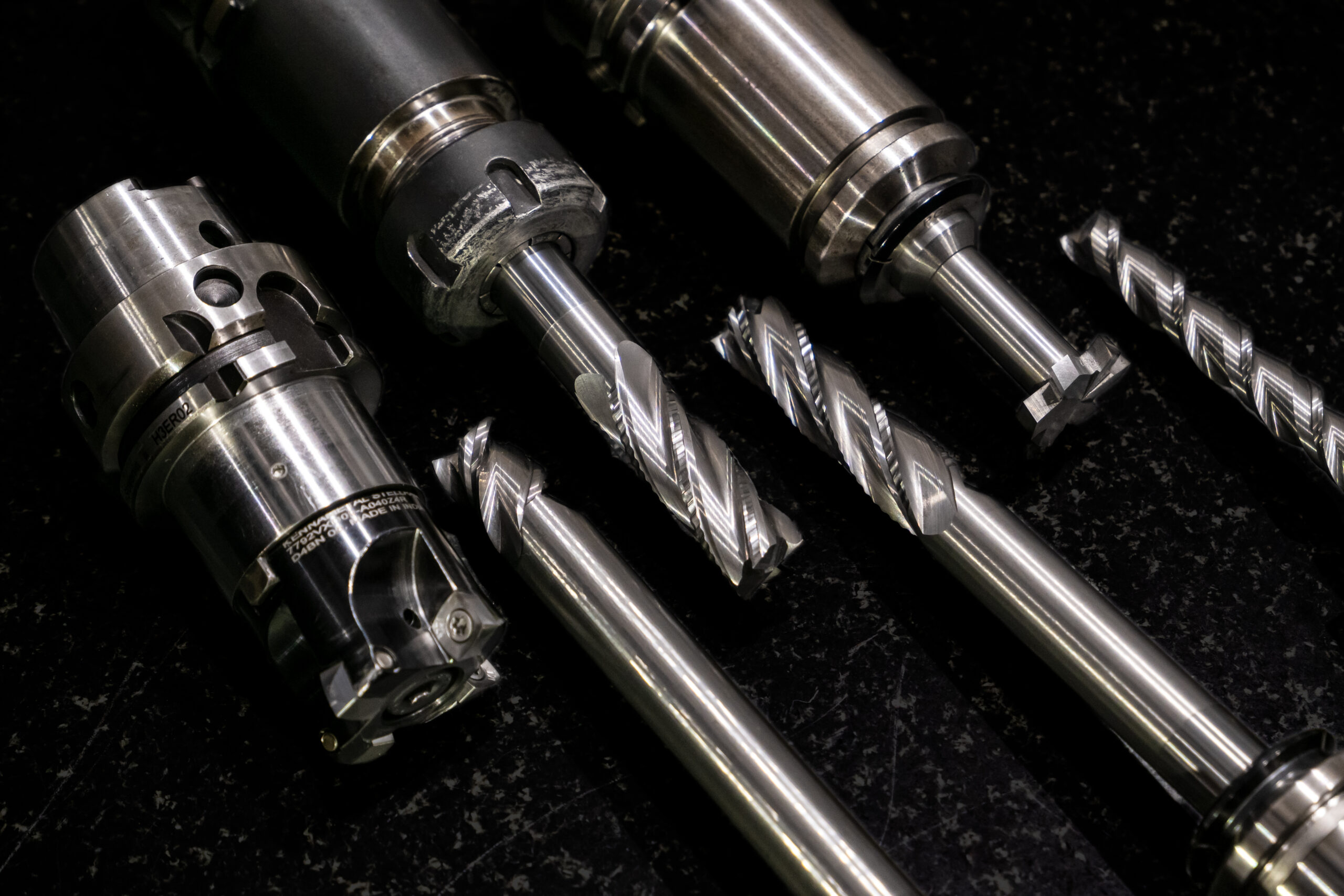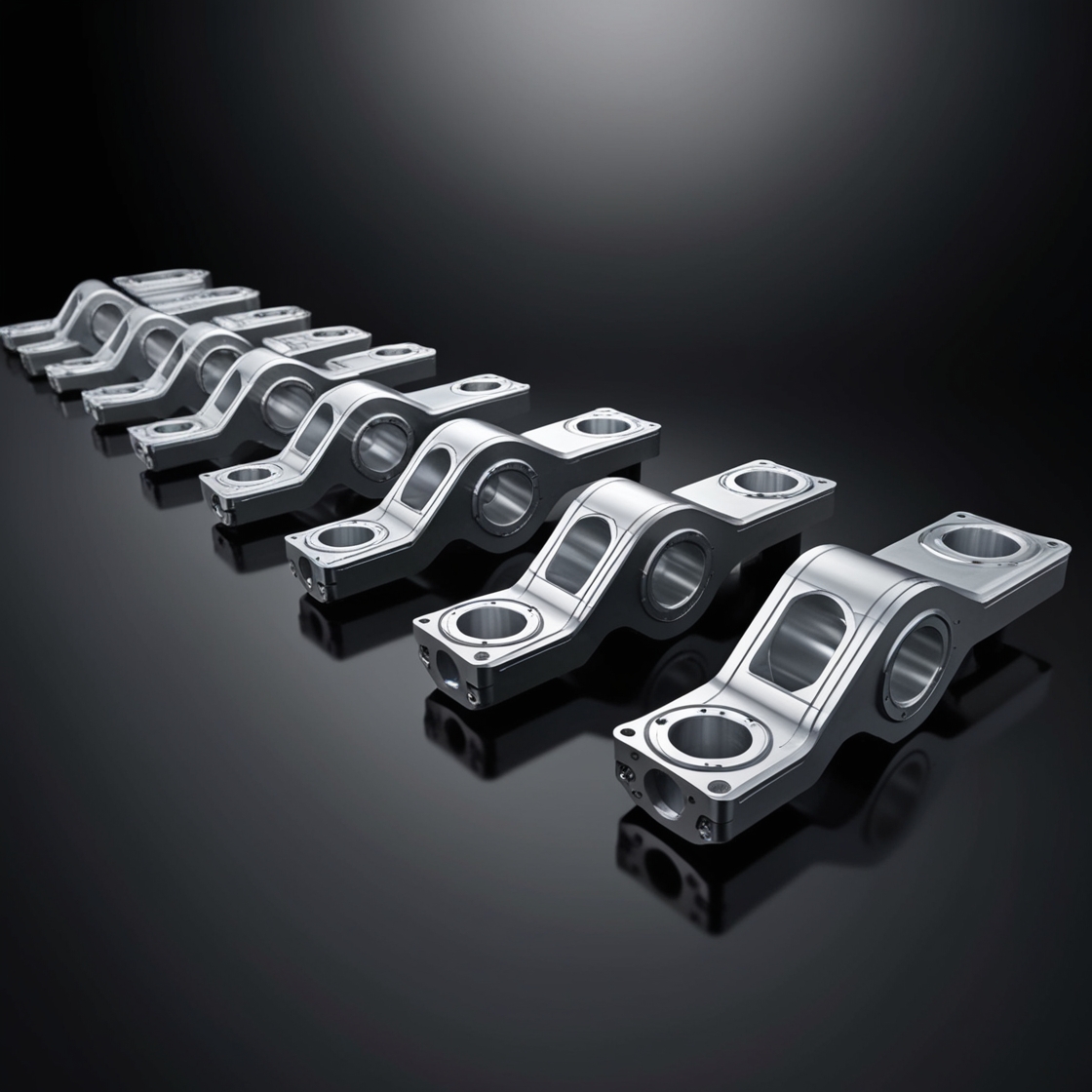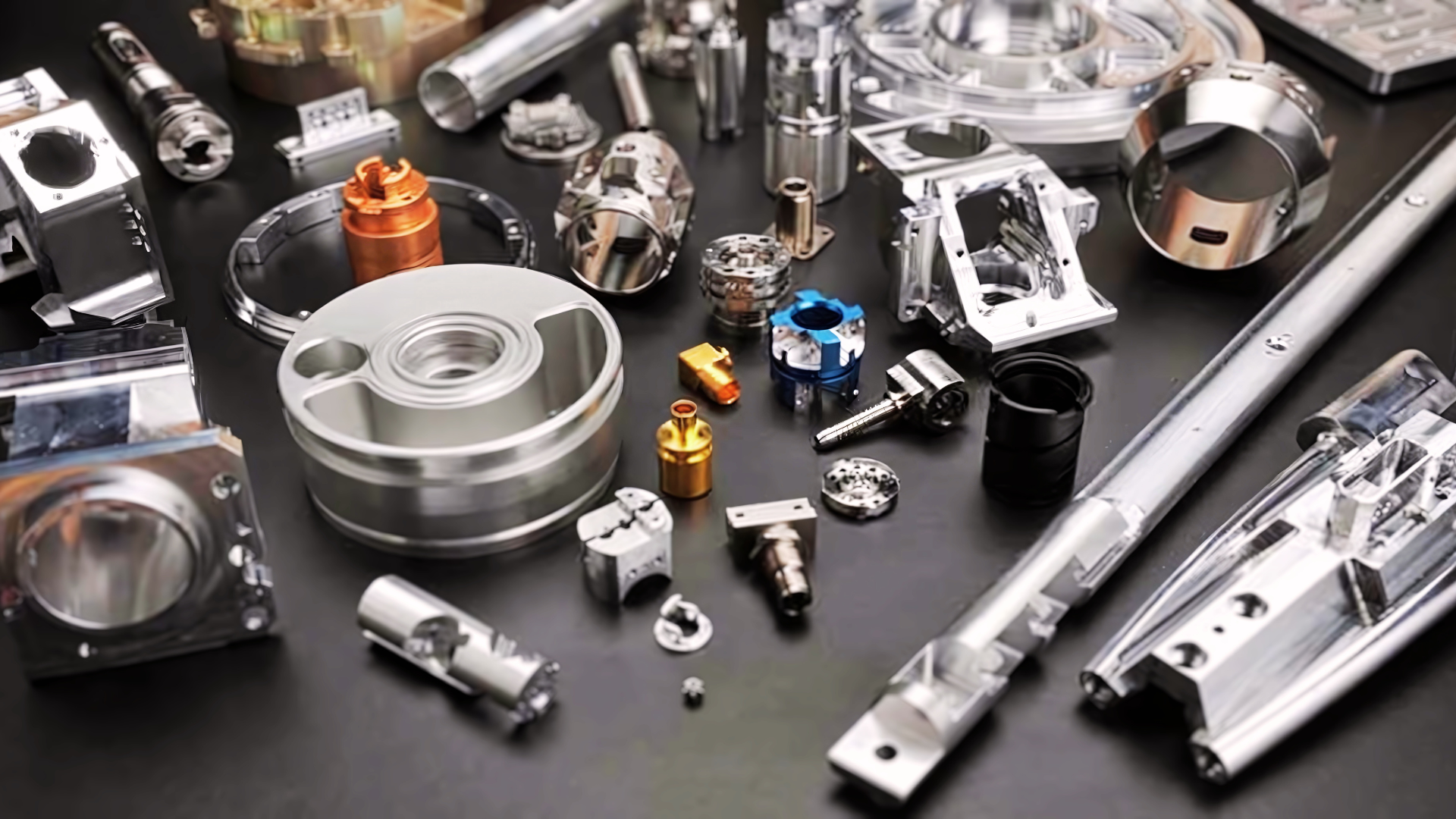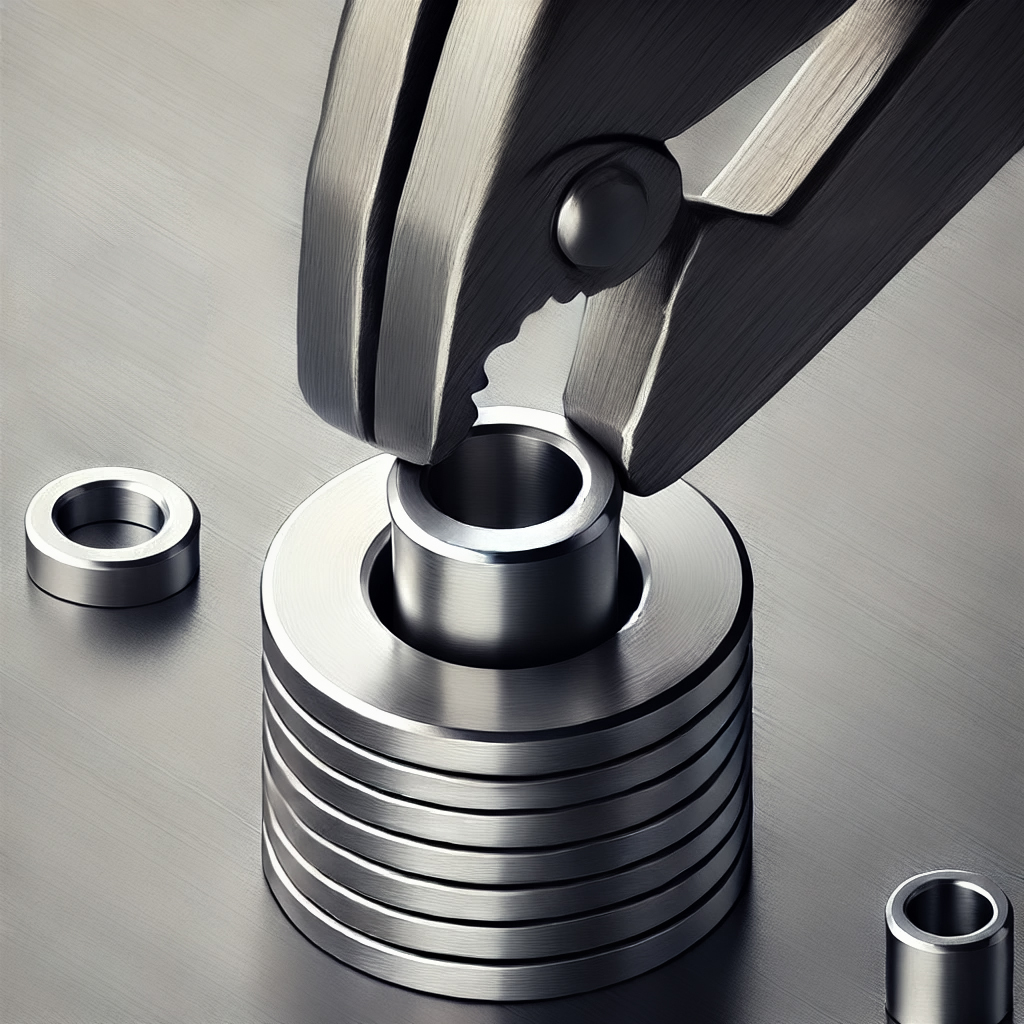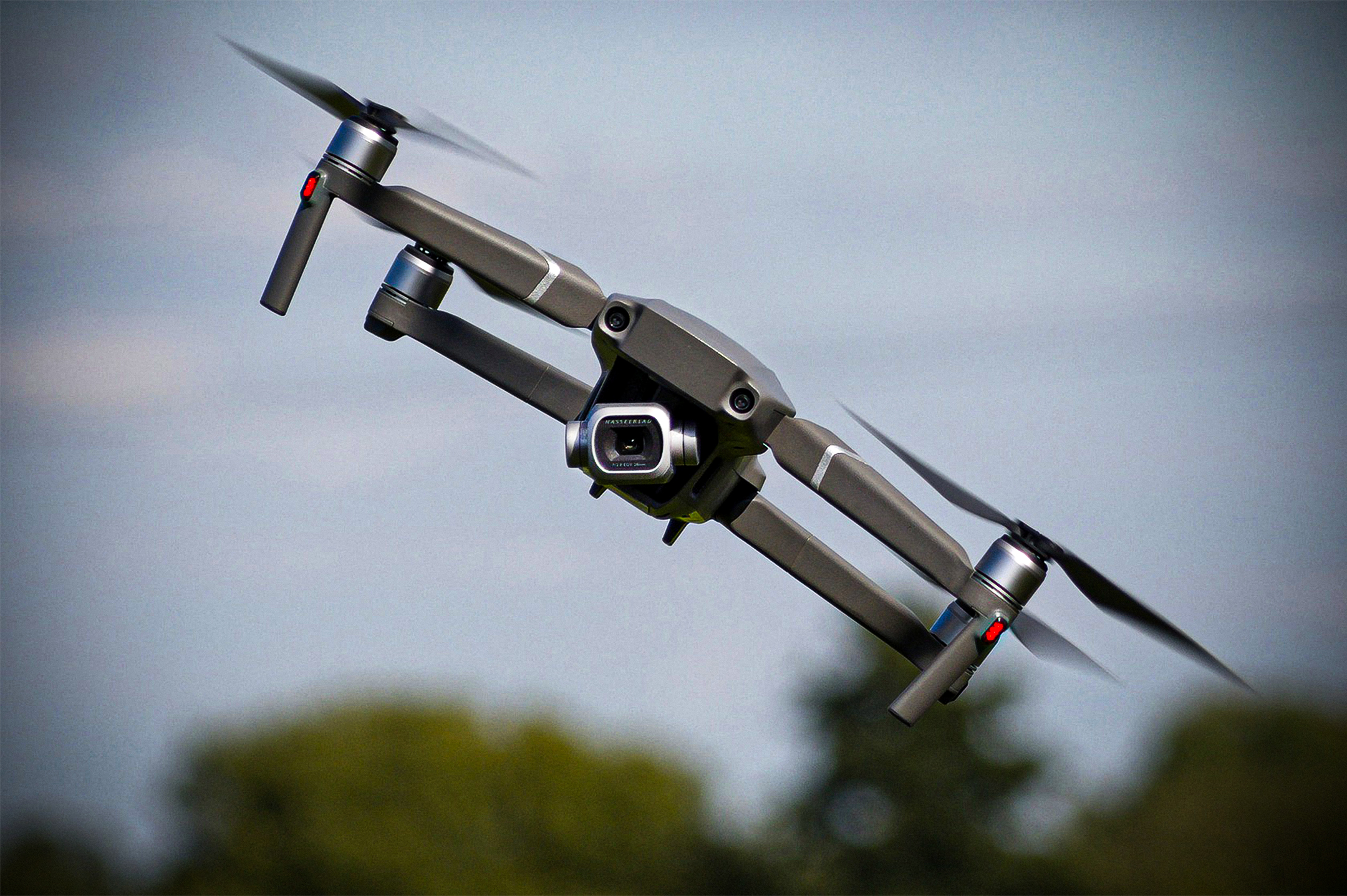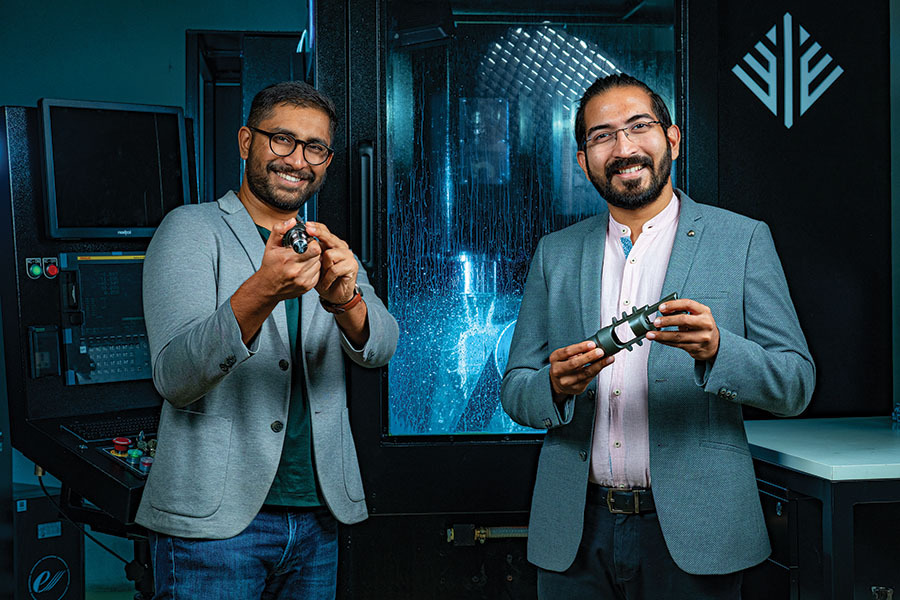In today’s fast-paced manufacturing environment, efficiency and productivity have become the cornerstones of success. One of the key technologies that have revolutionized the manufacturing industry is 5-Axis CNC milling. This technology has enabled manufacturers to produce highly complex and intricate parts with unparalleled accuracy and precision. However, to maximize the benefits of 5-Axis CNC milling, manufacturers need to follow best practices and tips that ensure optimal productivity and efficiency.
In this blog post, we will explore some of the best practices and tips that you can follow to maximize your productivity and efficiency with 5-Axis CNC milling.
1. Optimize your tool paths
The first tip for maximizing productivity and efficiency with 5-Axis CNC milling is to optimize your tool paths. Tool path optimization is the process of selecting the most efficient and effective tool paths that will enable you to produce the desired part with minimal waste and maximum accuracy. There are various software tools available in the market that can help you optimize your tool paths.
One of the best practices for tool path optimization is to use adaptive milling. Adaptive milling is a technique where the CNC machine adjusts the cutting speed and depth based on the material being cut. This technique ensures that the tool is always cutting at the optimal speed and depth, which reduces cutting time and extends tool life.
2. Use the right tools and materials
Another important factor in maximizing productivity and efficiency with 5-Axis CNC milling is using the right tools and materials. Using the wrong tools or materials can result in poor-quality parts, increased waste, and longer machining times. Therefore, it is essential to choose the right tools and materials for each job.
When selecting tools, consider the material being cut, the depth of cut, and the desired finish. High-speed steel (HSS) tools are suitable for cutting softer materials, while carbide tools are better for harder materials. Diamond-coated tools are ideal for cutting abrasive materials like composites and ceramics.
Similarly, when selecting materials, consider the properties and requirements of the final part. For example, if you need a high-strength part, choose a material with high tensile strength, such as titanium or stainless steel. If you need a lightweight part, choose a material with a low density, such as aluminium or magnesium.
Regular maintenance of your 5-Axis CNC milling machine and tools is essential for maximizing productivity and efficiency. Regular maintenance ensures that your machine and tools are operating at peak performance, reducing downtime and improving part quality.
One of the best practices for machine maintenance is to keep it clean and lubricated. Clean all the machine components regularly to prevent the accumulation of debris and dirt. Lubricate the machine components as per the manufacturer’s recommendations to ensure smooth operation.
Similarly, for tool maintenance, follow the manufacturer’s recommendations for sharpening, cleaning, and replacing the tools. Dull or damaged tools can affect the quality of the final part and increase machining time.
In addition to producing reliable and lightweight components, 5-axis CNC machining also enables aerospace manufacturers to create more fuel-efficient and environmentally-friendly aircraft. By employing this state-of-the-art technology, engineers can continually refine and improve designs, which in turn, results in financial savings and a reduced impact on the environment.
4. Optimize your cutting parameters
Optimizing your cutting parameters is another essential factor in maximizing productivity and efficiency with 5-Axis CNC milling. Cutting parameters include cutting speed, feed rate, and depth of cut. Optimizing these parameters can reduce machining time and improve part quality.
To optimize your cutting parameters, start with conservative values and gradually increase them until you achieve the desired results. Monitor the cutting parameters during machining and adjust them as needed to maintain the desired quality and efficiency. Modern CNC machines often have adaptive control systems that can adjust the cutting parameters automatically, saving time and reducing errors.
5. Use simulation software
Simulation software is an essential tool for maximizing productivity and efficiency with 5-Axis CNC milling. Simulation software allows you to visualize the machining process before you start cutting, reducing the risk of errors and waste. Simulation software also enables you to optimize your tool paths and cutting parameters before machining, saving time and improving quality.
One of the best practices for simulation software is to use it to verify your tool paths and detect collisions. Collision detection is the process of identifying potential collisions between the tool and the machine components or the part being machined. Detecting collisions before machining prevents tool breakage, reduces waste, and improves safety.
Conclusion
Views: 543

